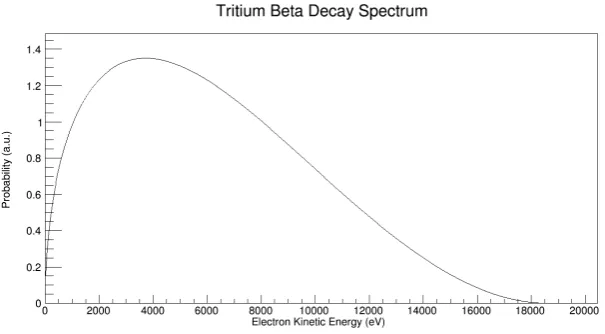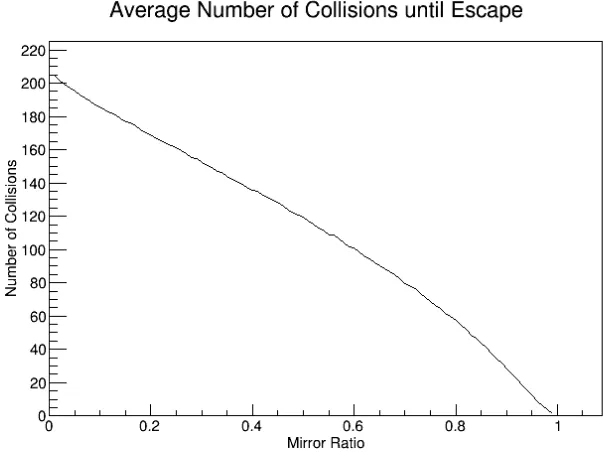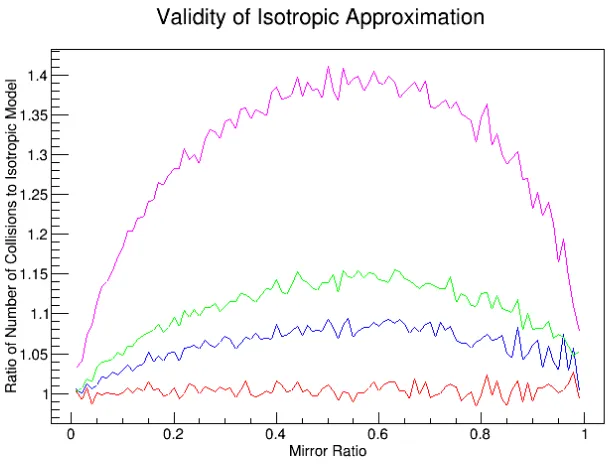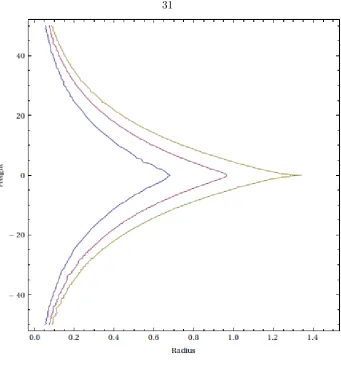Magnetic Trapping of Atomic Tritium for Neutrino Mass Measurement
Full text
Figure




Related documents
The AIMSweb® MAZE Test of Reading Comprehension Test measures student progress in reading comprehension as the study progresses and students read through the series o f ten (10)
Since the PTI Tool from MAHA only reads out the information which is needed to test the safety-relevant electronic vehicle systems, the vehicle inspection test procedure does
communication equipment and send out an alert. If a time limit is given, consider the possibilities of making a search of the ship in order to find the charge, bringing the ship to
In particular, tree based statistical learning methods such as Decision Trees and Random Forests are applied to the customer dataset of One.com and it is observed that churn
a. Credential Packets: If a resident would like to appeal the decision to deny credentials to a resident who has submitted a credentials packet; that appeal should be submitted
• Importance of Private Equity asset class to Islamic Finance • Key trends und growth dynamics in Islamic Private Equity funds • Shariah-compliant Private Equity: Capturing
We examine the ecological compensation requirements in 110 case studies of resource consents issued under the RMA, against the six key implementation issues identified
The research method is descriptive, and the research, in its essence, provides a description of the characteristics of the family environment of the children with motoric disorders





